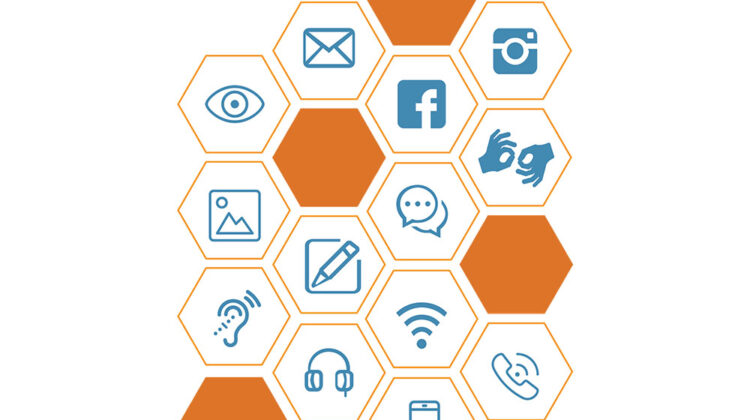Good Facts On Deciding On Italian Nursery Teaching Aids
Wiki Article
What Kind Of Teaching Material Is Required For The Italian Primary Or Nursery School?
Materials are essential to aid in learning and development of children in the Italian primary or pre-school. Here are some examples of materials that might be required: Textbooks workbooks, and other teaching aids: These are essential for teaching core topics such as Italian mathematics, maths, science or social studies.
Supplies for art and craft: These can include paper pencils, crayons, pencils markers paint, brushes as well as other tools for students to use in creative projects.
Manipulatives - Blocks, games and puzzles can be used to develop critical thinking and problem solving.
Educational technology: Tablets, computers as well as other technology are utilized to improve learning and providing additional resources to students.
Visual aids such as posters maps, charts, charts and many others can aid students understand and remember crucial concepts.
Books: A wide selection of books for children that are age appropriate in Italian can help encourage reading and language development.
Musical Instruments Musical Instruments: Using musical instruments like xylophones, xylophones, and tambourines can aid in teaching the art of rhythm and appreciation for music.
Safety products are vital to ensure the safety and wellbeing of students and staff. These include posters and fire extinguishers, as well as emergency procedures.
Sports equipment: Cones balls, and other sporting equipment can be used during physical education classes, or playing outside.
Italian primary and preschool schools will require a variety of teaching materials to provide a stimulating and engaging learning environment for the students. Take a look at the recommended sostegno primaria for website advice.

What Maths-Related Teaching Aids And Materials Are Recommended In Italian Nurseries?
Mathematical teaching materials and educational tools can help Italian nursery children develop their spatial and numerical skills, as well as problem-solving. Here are a few examples of materials that are recommended counting manipulatives: Counting manipulatives such as counting bears, blocks, and beads are a great way for children to develop their counting skills, as well as their fine motor skills as well as hand-eye coordination.
Use number cards and charts to teach children about numbers and counting. They can be large, vibrant cards or even larger numbers for the wall.
Shape manipulatives can be used to help children learn about the properties of shapes, how they work and to develop spatial reasoning.
Measuring instruments: Measuring tools such as rulers or tapes for measuring as well as scales will aid your child in understanding the concept of comparisons, as well as expanding the mathematical vocabulary of your child.
Simple games and puzzles: Simple, easy games and puzzles that aid children develop their problem-solving abilities and focus, such as dominoes or matching games.
Technology-based aids: Aids based on technology, such as tablets that have educational math apps and games are able to entertain children and provide additional tools to help them learn.
Use of these materials must be appropriate for children's development, safe and suitable for children. Teachers and caregivers can use these materials to create stimulating, interactive math activities which stimulate children's curiosity and their enthusiasm for learning. View the most popular schede didattiche matematica for more advice.

What Science Didactic Cards Do Italian Nurseries Recommend?
Science didactics cards are a great way to introduce fundamental scientific concepts to infants and children. Here are some science instructional cards you can consider: Animal Cards. Animal cards can educate children about the different species of animals, their characteristics, and how they behave. They can be illustrated using animals and their surroundings to make learning more engaging.
Plant Cards: These cards help children learn different plants and characteristics. The cards can include illustrations of the plants and their stages of growth to make learning more enjoyable.
Weather cards are an excellent way to introduce children to the various types of weather and how they affect the natural environment. They are able to be illustrated with pictures of different kinds of weather, such as sun, snow and rain.
Space Cards: Space cards help youngsters to understand the Solar System as well as the diverse planets. They can feature illustrations of planets and their unique features.
Human body cards: Cards about the human body could be used to assist youngsters understand the different organs of the body and their purpose. Images of body parts can be used to help explain their functions.
It is crucial to choose scientific didactic cards that are age-appropriate, engaging and fun for toddler children. These cards are perfect for teachers and caregivers who wish to involve children in fun science activities. They also help them to be curious and enthusiastic about the world around them. See the top rated materiale didattico scienze sostegno for website info.

What Are The Best Materials For Teaching The Italian Language In Schools?
Italian nurseries employ geography-related tools to educate children about different cultures, environments and even countries. Here are some examples of geography-related teaching materials maps. Maps can be used to help children understand geography, including the geographic features of various regions and countries.
Globes are an excellent way to help kids visualize the Earth's surface and teach them about continents as well as oceans.
Videos and pictures Videos and pictures of diverse places and cultures can help children learn about the diversity of the world and build a love for different ways of life.
Books: Age-appropriate, age-appropriate books that feature different cultures and regions can help children develop an understanding of geography as well as a sense curiosity about the globe.
Natural materials can assist children learn about various ecosystems.
Field trips: A field trip to local parks, museums, zoos and Zoos offer children an experience that is hands-on and gives them the chance to explore geography in a realistic context.
The materials you choose to teach geography must be appropriate for children of all ages, and culturally sensitive. Teachers and parents can use these materials in order to create engaging, interactive geography activities which encourage children's interest and curiosity.
